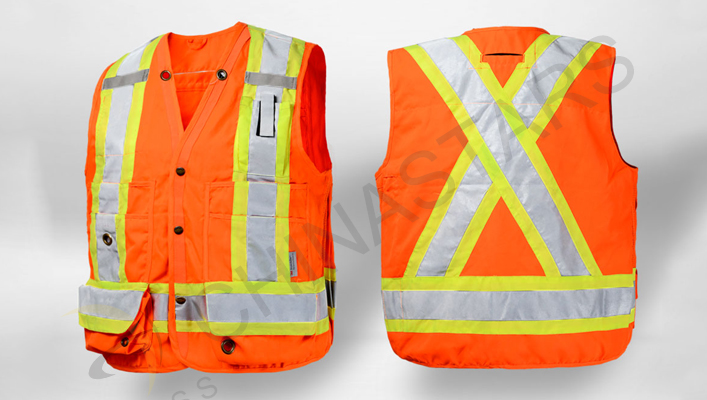A peak of 510 km of cumulative cap was raised on Saturday around 12:40 hexagonal roads for the first crossover holidays, ranked by red Traffic monitoring but less crowded in the end last week. It is in the Rhone Valley that motorists with reflective vest have had to show more patients in the direction of departures, with up to half past three in the morning to join Orange (Vacuous) from Lyon on the motorway from the sun (A7). Around 2:00 p.m., accumulated deductions had already fallen to 358 km against 440 km at the same time there a year, notes the CNIR in its latest bulletin.
Dome was the most affected department with still 52 km from caps between Valence and Montelimar. To avoid traffic congestion, the speed control measures (130 km / h to 110 or 90 km / h) have been implemented in some sections. Diversion routes are also recommended, especially between Vienne (Isere) and Orange. Further south, accident disrupted traffic on 13 km between Nimes and Montpellier on the A9. In Savoy, strong challenges were expected on the A43 in the afternoon because of the Tour de France in the Maurine Valley. Traffic it carried on a single channel and is prohibited for trucks between Ayton and the Fergus tunnel until 16H00. In Auvergne, difficulties occurred north of Clermont-Ferrand on the A71 (7 km) and south on the A75 (7 km).
In the Southwest, the traffic was slowed for 13 km between Carcassonne and Castelnaudary in the Audi on the A61 and 17km on the A10 up to Lamont (Gironde). Further north on the A10, plugs were reported in Niort Pithiviers and after a collision.
In the direction of returns, the main difficulty was located on the A8 to Aix-en-Provence with a total of 21 km, and also had to be patient on the A9 at Montpellier, on the A7 to Valencia but also in Chamonix and around Rennes.
Our tips for traveling
• Make sure your car is adorned for the road
Start by controlling the levels of different liquids required for your vehicle coolant, oil, windshield washer. Then check your different lights (front, rear turn signals) and tire pressure (do this last action when your car has not been driven for two hours). For longer trips on the highway, if your car is loaded or towing a trailer, it is advisable to slightly inflate the tires to the tune of 0.3 to 0.5 bars.
• Go with the required equipment
You must have in your trunk a warning triangle. In your glove box must be a reflective safety vest. You can be penalized in the absence of these two elements. Check also that you have in your vehicle replacement bulbs and a flashlight.
• Load your vehicle the day before
This will avoid unnecessary stress just before taking the wheel. You can then take the time to divide volumes and weight in your vehicle, taking into account the passengers. Not to degrade the behavior of the car, place the heaviest suitcases in the trunk floor. Remember to keep the open rear deck to keep good visibility rather put the business at the feet of the rear seats. If you fix bikes at the back of your vehicle, remember to leave your lights and visible plate. If necessary, a second plate may be added on top.
• Think of the children
Car seats and other seat risers are not only essential but they must be well secured to the car. Also, if driving at night does not mind, children can sleep and find the shorter time. Otherwise, provide books and video games that will occupy them.
• A break every two hours
It is recommended that you stop to take a break every two hours, at least 15 minutes. Do not wait for signs of fatigue are persistent. The first stinging eyes or your eyelids begin to be heavy stop immediately. Feel free to change driver if necessary.
• Do not turn the air conditioning background
While it is sometimes tempting to push the air, it is advisable not to create too much difference with the outside: 5 degrees less enough to travel comfortably. This is to prevent thermal shock. Open the windows for a while before stopping to get used to the outdoor temperature.
• No helmet or headset to the wheel
Remember that the regulations have changed since July 1: Hands-free kits, headsets or Bluetooth are now prohibited driving. Only remain authorized, the use speaker phone or Bluetooth devices in-vehicle or carried by a passenger with reflective clothing of the elements (eg sun visor). However, manual manipulation of the phone is prohibited. In case of non-compliance with these new rules, it will cost 135 Euros fine.
